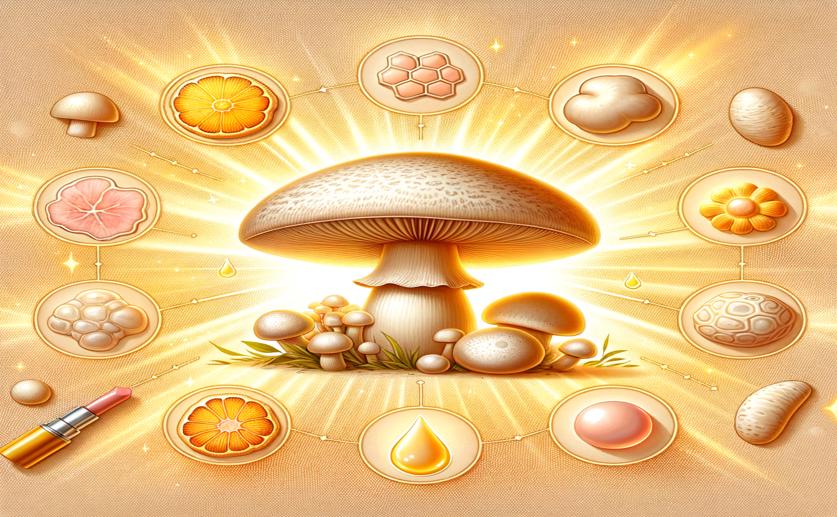
Mushroom Extract Reduces Excess Pigmentation in Skin Cells
Jenn Hoskins
24th April, 2024

Image Source: Natural Science News, 2024
Key Findings
- Study in China finds Tricholoma matsutake extract (PETM) safely reduces skin darkening
- PETM works by blocking a specific pathway (JNK) involved in melanin production
- Clinical trial shows PETM visibly lessens facial hyperpigmentation in women
References
Main Study
1) Tricholoma matsutake polysaccharides suppress excessive melanogenesis via JNK-mediated pathway: Investigation in 8- methoxypsoralen induced B16-F10 melanoma cells and clinical study.
Published 30th April, 2024 (future Journal edition)
https://doi.org/10.1016/j.heliyon.2024.e29363
Related Studies
2) Management of hyperpigmentation: Current treatments and emerging therapies.
3) "Transcription physiology" of pigment formation in melanocytes: central role of MITF.
4) Characteristics and management of Asian skin.



 28th March, 2024 | Greg Howard
28th March, 2024 | Greg Howard